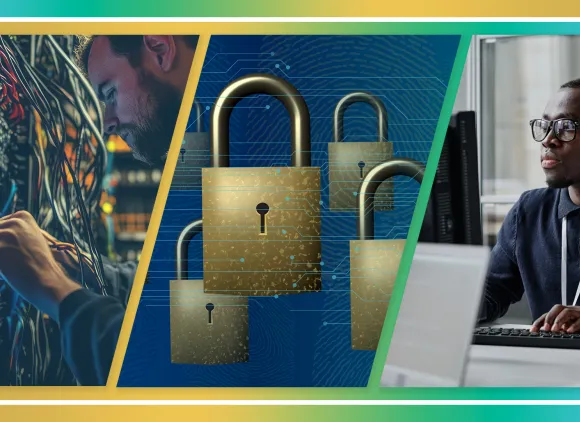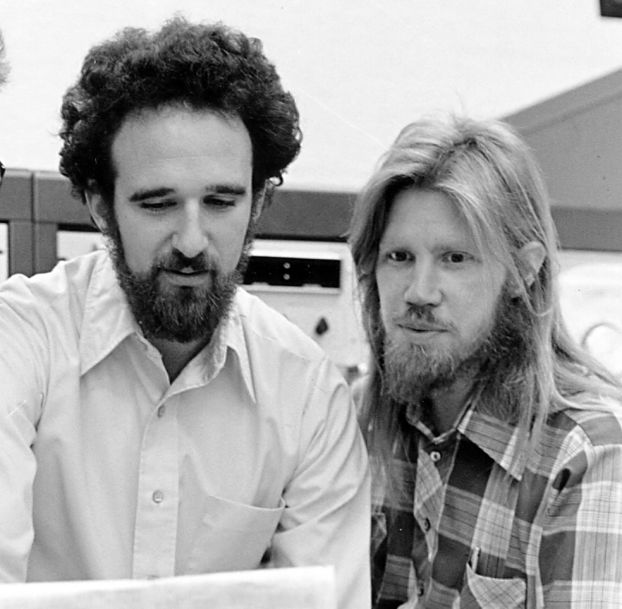
Credit: Chuck Painter/Stanford News Service, Stanford University Archives
The key to secure communication
In the 1970s, NSF-supported researchers Whitfield Diffie and Martin E. Hellman developed the groundbreaking public-key encryption algorithms, which use mathematical puzzles to create two keys: a public key that allows anyone to encrypt a message, and a private key, known only to the receiver, that decrypts the message.
Public key encryption allows information to be safely transmitted over unsecured connections, facilitating activities that have transformed society. It is now the cornerstone of the modern-day internet's cybersecurity infrastructure, including secure HTTP connections, email communications, e-commerce and teleconferencing.
Encryption protects sensitive information by taking plain readable text and scrambling it into an indecipherable format called ciphertext. Only users with the right secret key, or decryption key, can unscramble the information.
Next-level network security
In the early 2000s, NSF began funding the researchers behind the groundbreaking open-source cybersecurity software Bro, which analyzes network traffic in real-time, allowing it to identify abnormalities and respond quickly to cyberattacks.
Initially developed for university and national lab networks cyber research, Bro —now called Zeek — expanded into real-world cybersecurity use with NSF funding. Today, it's a critical tool for monitoring and securing networks at top supercomputing centers, national labs, universities and corporations.
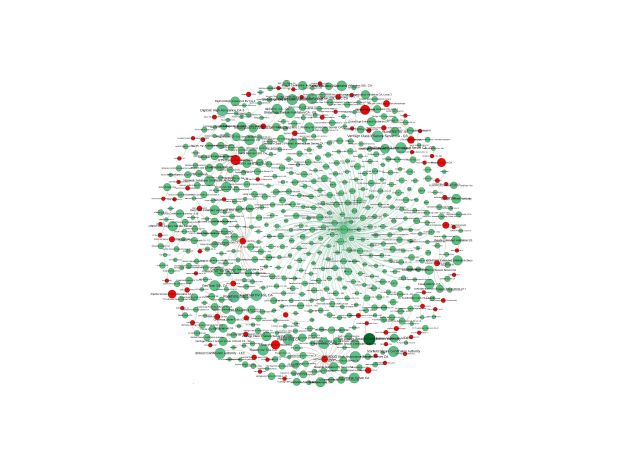
Credit: Johanna Amann, ICSI

Credit: Rene L/peopleimages.com
Making data useful yet private
In the mid-2000s, NSF supported seminal work on differential privacy, a mathematical framework for ensuring the privacy of individual-level data when analyzing privacy-sensitive datasets.
Today, differential privacy is used for data sets including medical studies, search engines and U.S. Census data — guaranteeing privacy protection for individuals while providing valuable information for society.
The road to security
In 2010, NSF-supported researchers exposing vulnerabilities in automotive systems demonstrated the ability to remotely hack a human-operated vehicle and take control of critical functions, including the engine and brakes.
This work prompted significant improvements in automotive security standards and informed new federal government programs, making the road safer for everyone. These advancements transformed the automotive industry and earned Stephen Checkoway, Tadayoshi Kohno, Karl Koscher and Stefan Savage a 2021 Golden Goose Award.
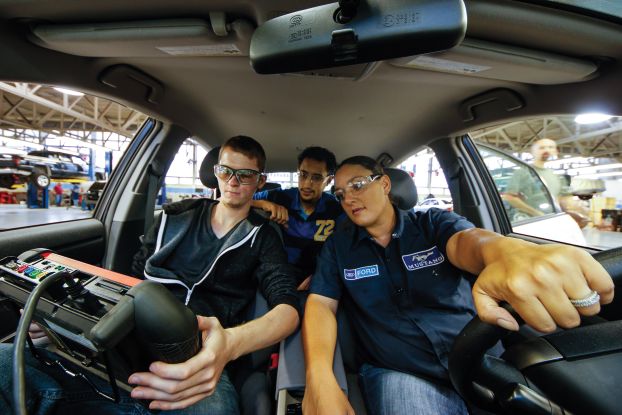
Credit: from ATE Centers Impact 2016-2017 (www.atecenters.org)

Credit: Courtesy of Virta Laboratories, Inc.
Securing health care
In 2015, NSF-funded scientists at the health care security company Virta Labs introduced a cybersecurity system, PowerGuard, that protects vulnerable medical devices without requiring software installation or upgrades. The system can detect malware and anomalies on devices without disrupting patient care.
Its developers are credited as pioneers in the field of medical device cybersecurity.
Building stronger defenses
NSF continues to support advancements in cybersecurity, funding cutting-edge research and development with initiatives such as the NSF Security, Privacy, and Trust in Cyberspace program and building a robust workforce through education programs such as the NSF CyberCorps® Scholarship for Service.
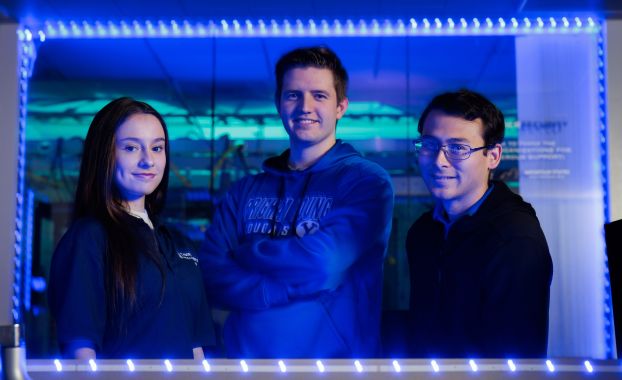
Credit: Jaren Wilkey/BYU Photo


